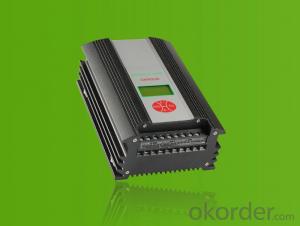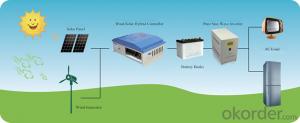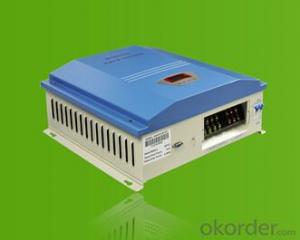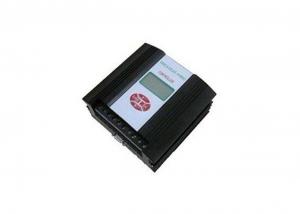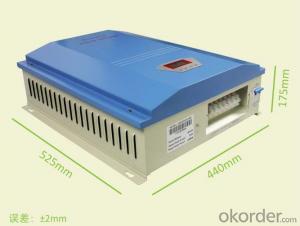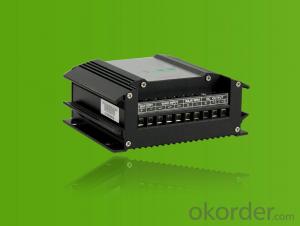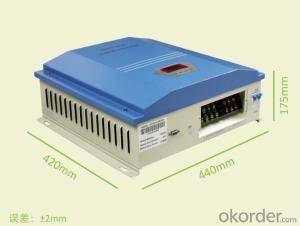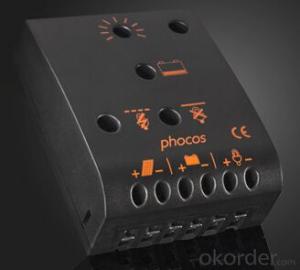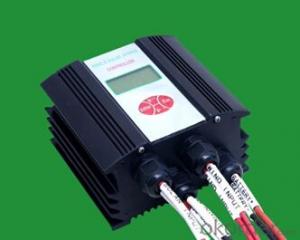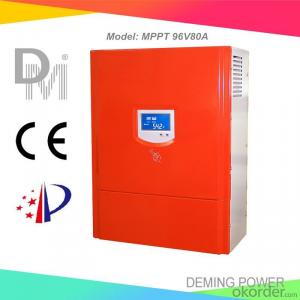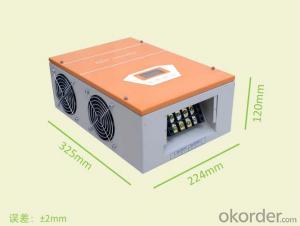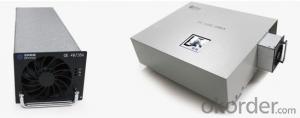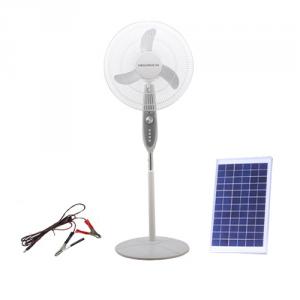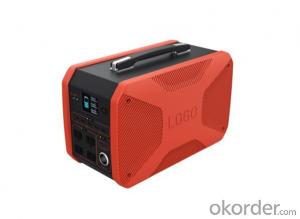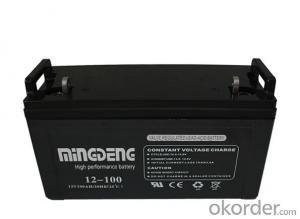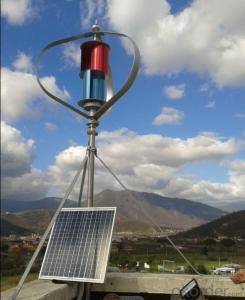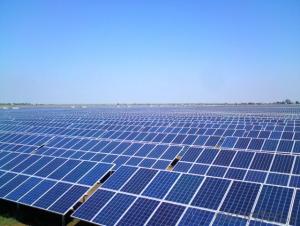Wind Solar Hybrid Controller Manual
Wind Solar Hybrid Controller Manual Related Searches
Solar Inverter User Manual Solar Edge Inverter Manual Solis Solar Inverter Manual Delta Solar Inverter Manual Solar Pump Inverter Manual Tesla Solar Inverter Manual One Solar Inverter Manual Aurora Solar Inverter Manual Solar Inverter Service Manual Ever Solar Inverter Manual Felicity Solar Inverter Manual Growatt Solar Inverter Manual Sma Solar Inverter Manual Abb Solar Inverter Manual Mpp Solar Inverter Manual Mppt Solar Inverter Manual Tmeic Solar Inverter Manual Generac Solar Inverter Manual T Solar Inverter User Manual Abb Uno Solar Inverter Manual Fronius Solar Inverter Manual Hybrid Solar Inverter Diagram Solar Hybrid Module Hybrid Solar Power Inverter Hybrid Solar Inverter Solar Hybrid Inverter Smart Hybrid Solar Inverter Solar Inverter And Controller Solar Inverter Tutorial Arduino Solar ControllerWind Solar Hybrid Controller Manual Supplier & Manufacturer from China
The Wind Solar Hybrid Controller Manual is a comprehensive guide that covers a range of products designed to manage and optimize the performance of wind and solar energy systems. These products are engineered to work in harmony, ensuring efficient energy generation and distribution. They are essential for individuals and businesses looking to harness renewable energy sources for their power needs.The Wind Solar Hybrid Controller Manual is particularly useful in various application and usage scenarios, such as residential, commercial, and industrial settings. It provides detailed instructions on how to install, configure, and maintain these controllers, ensuring that the systems operate at peak efficiency. Whether it's for off-grid living, backup power, or grid-tied applications, this manual is a valuable resource for anyone looking to maximize the benefits of wind and solar energy.
Okorder.com is a leading wholesale supplier of Wind Solar Hybrid Controller Manual products, boasting a large inventory that caters to the diverse needs of customers worldwide. With a commitment to quality and customer satisfaction, Okorder.com offers a wide selection of these controllers at competitive prices, making it easier for businesses and individuals to invest in sustainable energy solutions.
Hot Products


